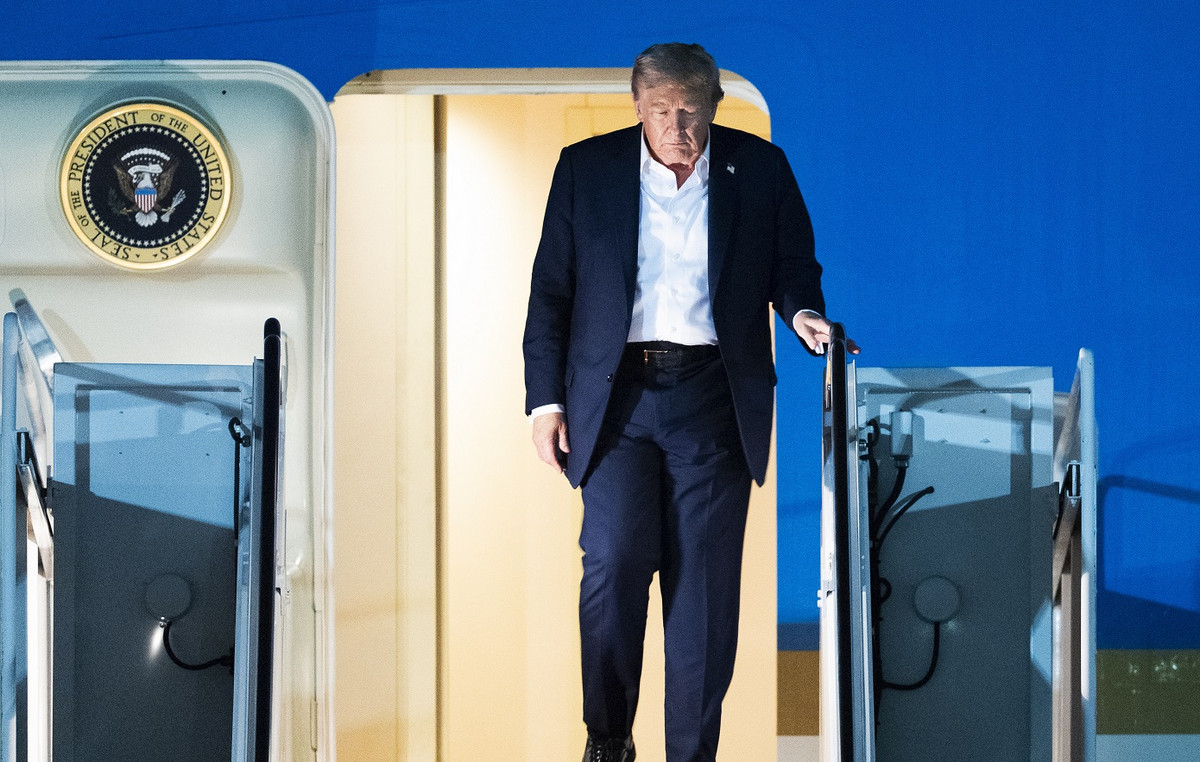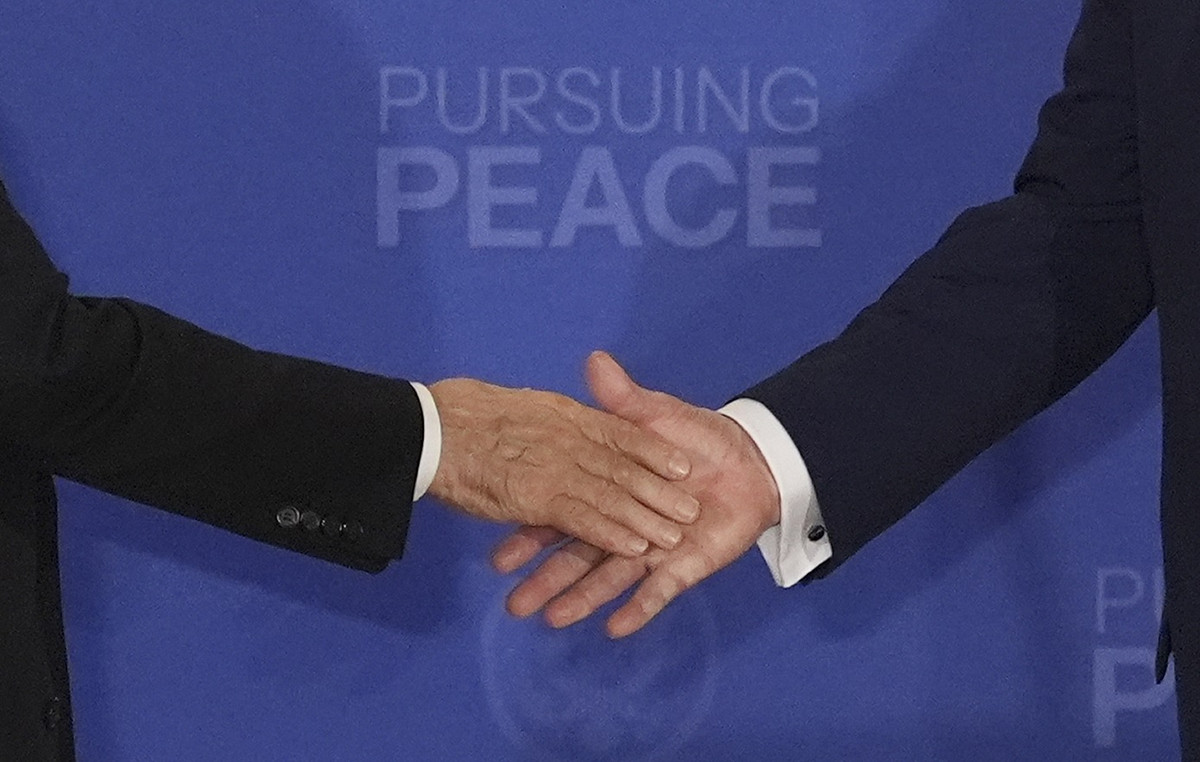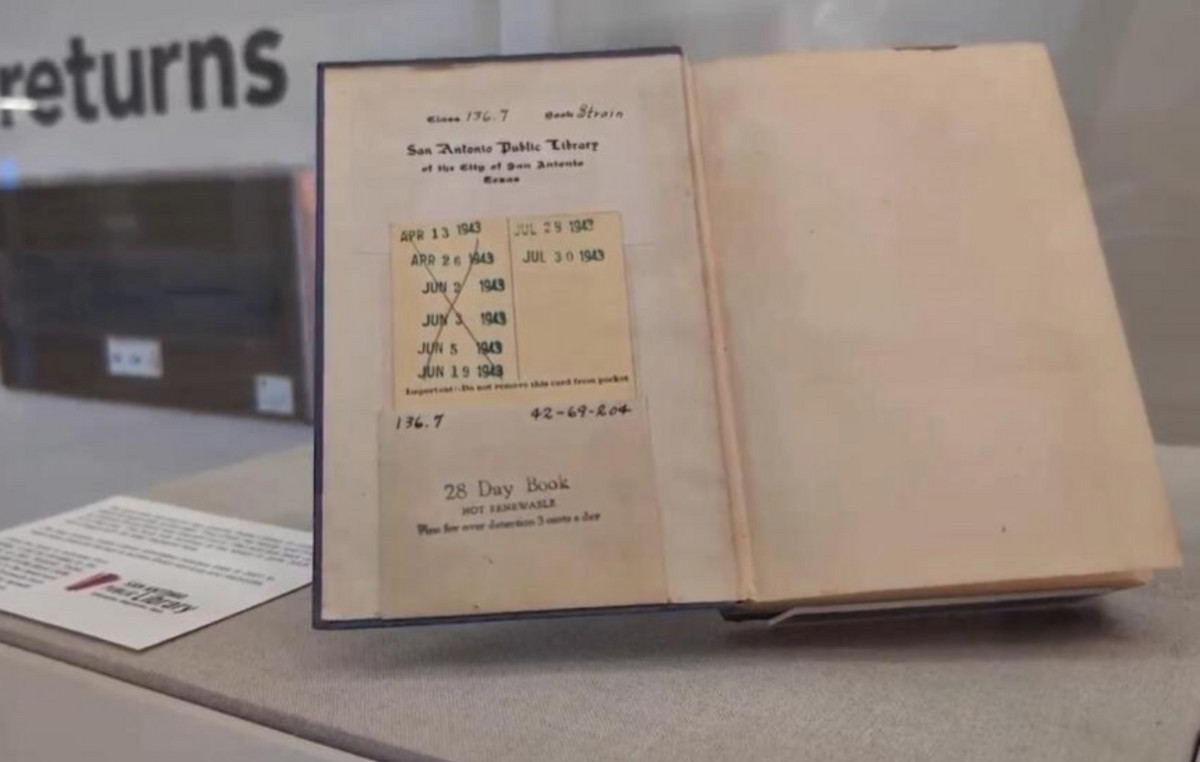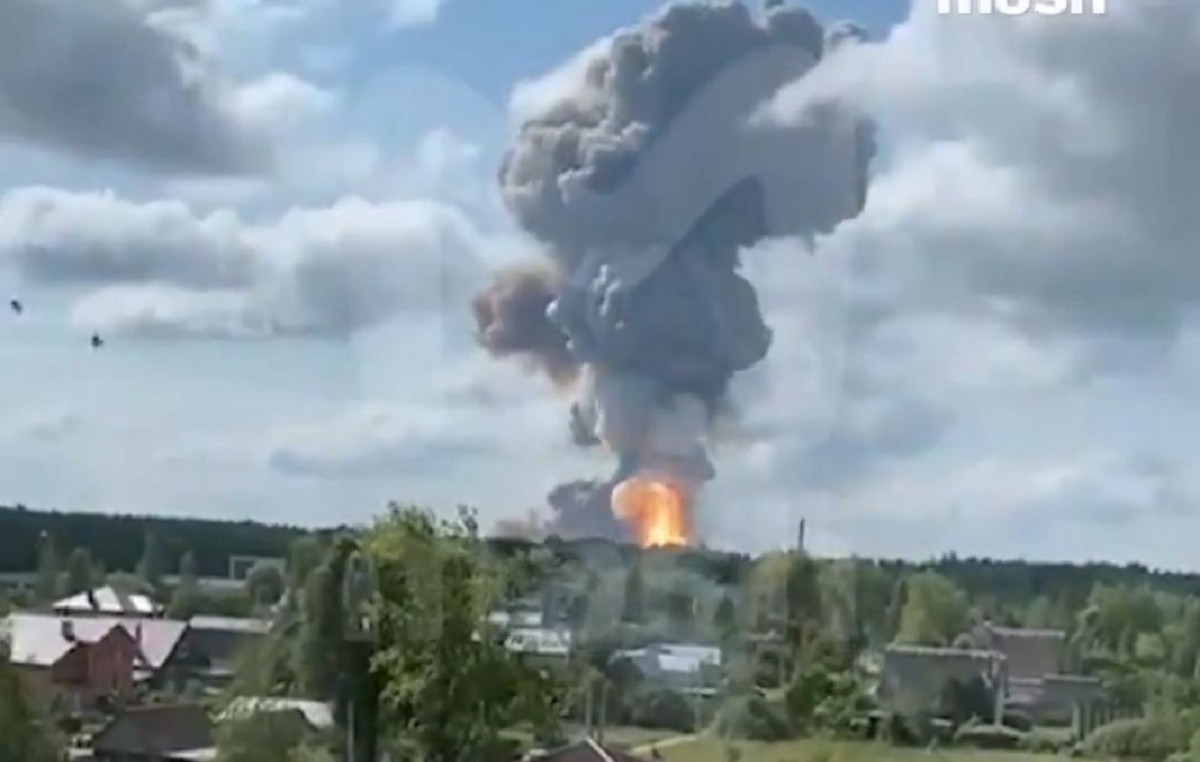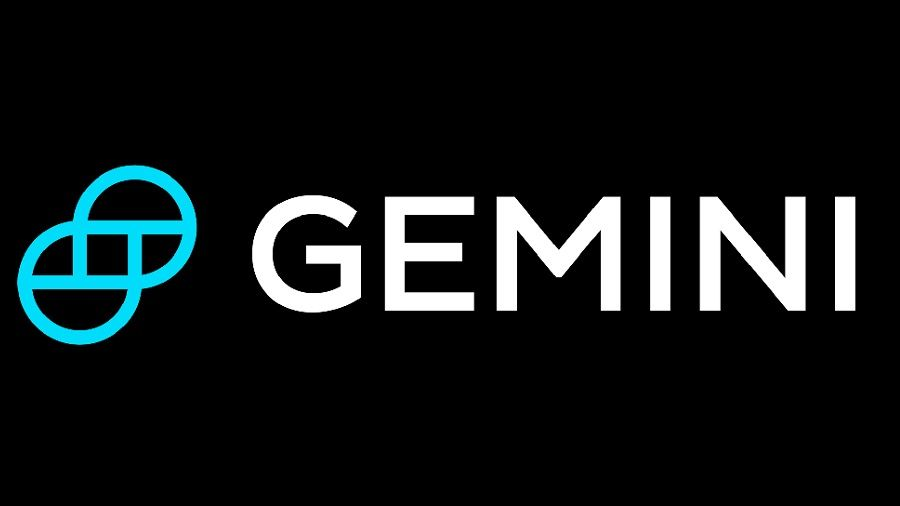The rocket Ariane 6 successfully carried out a series of tests on a maiden flight on Tuesday (9), but the mission ended with the launcher floating in orbit without releasing its last batch of payloads.
Watched by a Rafale fighter jet, Europe’s newest unmanned rocket blasted off from French Guiana at around 4pm (1600 GMT), restoring the continent’s independent access to space after delays, political setbacks and debates over funding.
Although it was not a commercial mission, the flight deployed three sets of microsatellites for research purposes, leading European space officials to declare the maiden voyage a success.
“Europe is back in space,” Philippe Baptiste, head of the French space agency CNES, said via video conference to the headquarters of the European Space Agency (ESA) in Paris, where officials and politicians applauded the takeoff.
In a long-awaited milestone, the Vinci engine that powers the rocket’s upper stage has been restarted in space for the first time. It is designed to restart repeatedly, allowing operator Arianespace to place payloads into multiple different orbits.
However, a third firing had to be abandoned after a smaller power unit shut down for unspecified reasons, meaning the last batch of payloads – two small capsules designed to test re-entry survival conditions – remained on board.
“We had an anomaly… We probably won’t complete this part of the mission as we expected,” said Tina Buchner da Costa, architect of the Ariane 6 launch system.
The affected auxiliary power unit is a crucial system for the rocket’s ability to place payloads into their intended orbit.
Its failure, although late in the mission, should prompt an engineering investigation.
ESA Director General Josef Aschbacher said the agency was still on track to conduct a second flight by the end of the year.
The Ariane 6 was developed at an estimated cost of 4 billion euros ($4.1 billion) by ArianeGroup, co-owned by Airbus and Safran. Its first launch, originally scheduled for 2020, has been repeatedly delayed.
Since the agency retired its Ariane 5 rocket more than a year ago, Europe has had no independent means of sending its satellites into space, while the war in Ukraine has severed Western ties with Russian Soyuz rockets and Italy’s Vega C is grounded.
“Ariane 6 is key to Europe’s space ambition,” Toni Tolker-Nielsen, ESA’s acting director of space transportation, told Reuters from the control room at Europe’s spaceport.
“This is about sovereign access to space for institutional and governmental missions… and this need has been further emphasized in view of the geopolitical situation.”
Space race
Europe’s temporary isolation in an increasingly global market was exposed last year when its agencies were forced to transfer some payloads to the Falcon 9 of U.S. rival SpaceX.
Ariane 6 owes its existence to a decision by the 22 ESA nations in 2014 to develop a family of rockets in the face of fierce competition from Elon Musk’s private space venture.
The United States and dozens of other countries have come to rely heavily on the Falcon 9 to reach orbit as everyday life on Earth becomes increasingly dependent on satellite links and data.
French Finance Minister Bruno Le Maire, part of President Emmanuel Macron’s centrist, pro-European government that came third in Sunday’s election, highlighted the role of the Ariane program as a symbol of European unity.
“There are sometimes concerns and doubts about Europe’s ability to play in the same league as China and the US – with Ariane we are proving that through determination and collective will we can operate at the same level,” he told ESA officials.
Still, European officials said it will be some time before Ariane 6 pays for itself economically, after sponsor nations agreed to a new round of financial support last year.
“Ariane 6 is not there yet in terms of competitiveness, but they want to get there,” said Ian Annett, former deputy chief executive of the UK Space Agency.
In the latest setback, Europe’s weather satellite operator Eumetsat said last month it would launch its next satellite on a Falcon 9 instead of the initially planned Ariane 6.
The surprise decision angered European officials and broke with calls to support the local space industry, revealing simmering tensions over Europe’s space ambitions.
ESA has launched an initiative to boost small launcher designs that could pave the way for a future private player.
Ariane 6 has 29 missions to launch in the coming years and aims for up to 12 flights per year.
This includes 18 launches for Amazon’s Kuiper internet constellation.
SpaceX has launched Falcon rockets 96 times in 2023 and nearly 70 times so far in 2024, though most of those launches have been to deploy its own Starlink satellites.
Still, analysts say it broke norms and sparked fierce competition from China, which had 67 launches in 2023.
Source: CNN Brasil
Charles Grill is a tech-savvy writer with over 3 years of experience in the field. He writes on a variety of technology-related topics and has a strong focus on the latest advancements in the industry. He is connected with several online news websites and is currently contributing to a technology-focused platform.

